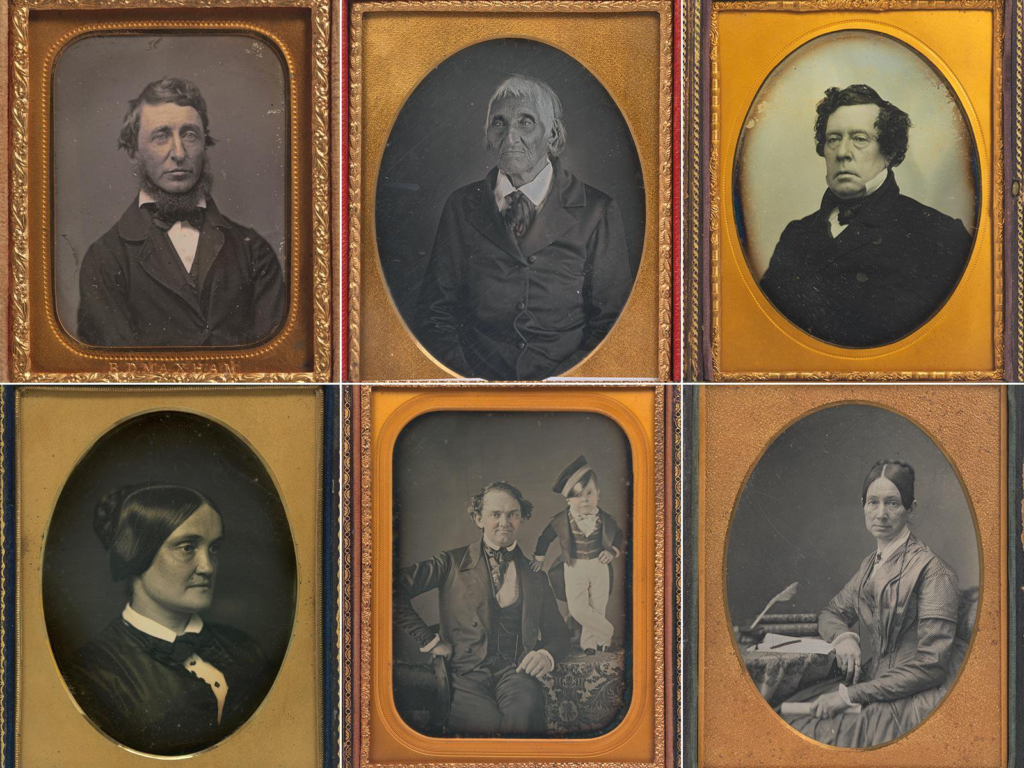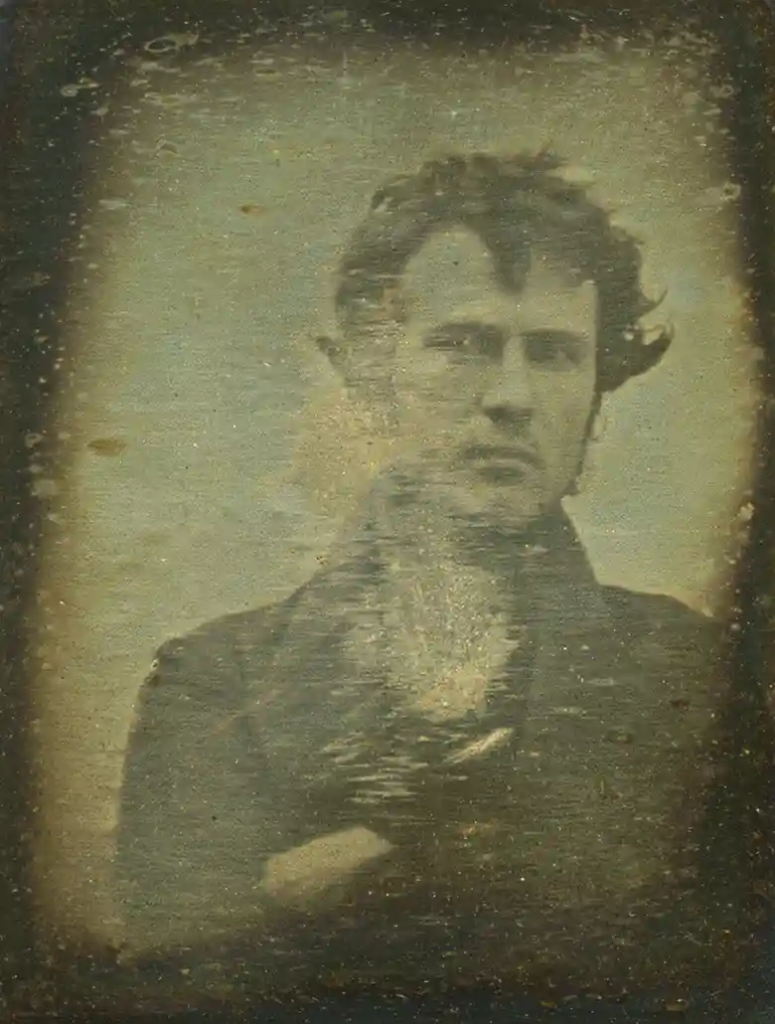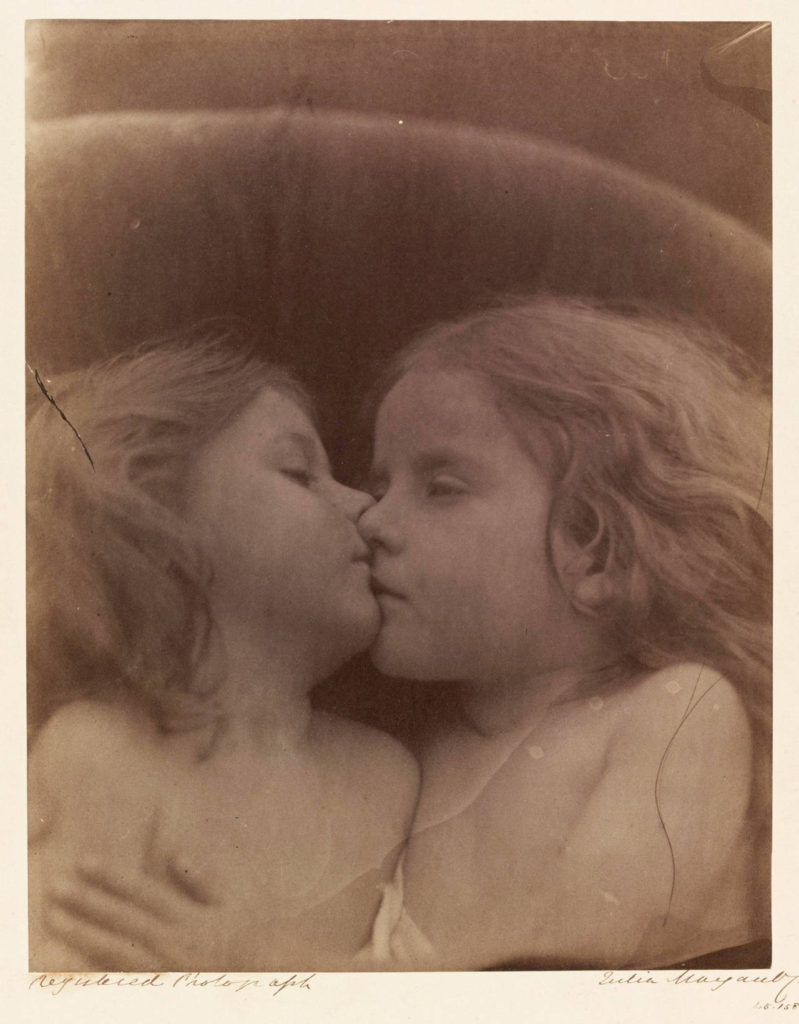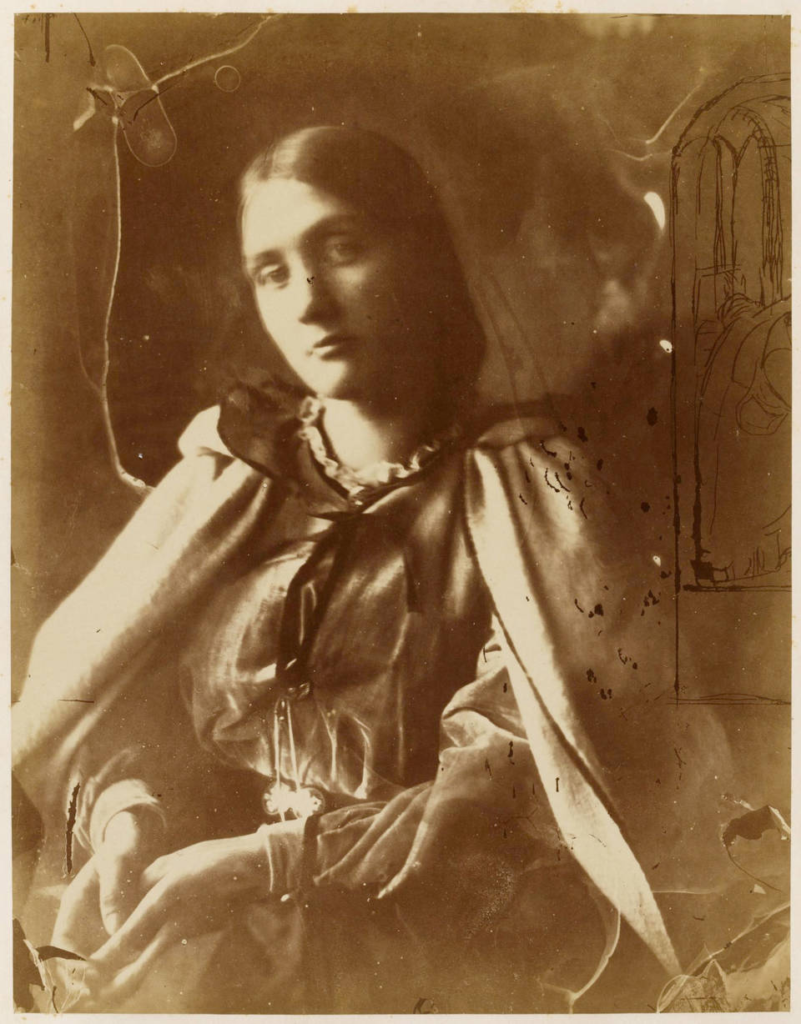Camera Obscura & Pinhole photography

Camera Obscura was initially used to study eclipses without the risk of damaging the eyes by looking directly into the sun. This also meant a reflected image was able to be traced with accuracy. this invention was not only beneficial for scientists, geographers, physicists but also artists. From the 17th century onward some artists used it as an aid to plotting compositions. it was revolutionary to artists as they could perfect their sketches and paintings by tracing the subjects, to make their artwork highly realistic. Comparing to times now this was the beginning of photography, where camera obscura acts as an ancestor of modern cameras.

Also referred to as a pinhole image, it lets light in through a small opening on one side and projects a reversed and inverted image on the other.

The surroundings of the projected image have to be relatively dark for the image to be clear. The human eye works a lot like the camera obscura; both have an opening (pupil), a biconvex lens for refracting light, and a surface where the image is formed (retina).
Early camera obscura devices were large and often installed inside entire rooms or tents. Later, portable versions made from wooden boxes often had a lens instead of a pinhole, allowing users to adjust the focus. Some camera obscura boxes also featured an angled mirror, allowing the image to be projected the right way up.
The history behind Camera Obscura goes do far back to even 4th,6th, 9th century where camera obscura, although not called that, was already present in different form or hints of the experiments that lead to the same idea, the idea that light can be transported into a projector-like mechanism-camera obscura. in 15th century when Leonardo da Vinci started drawing and noting information on the devise, however it wasn’t until 17th century it was decided by art historians to officially introduce it where Dutch master Johannes Vermeer used the camera obscura as an aid to create his paintings.
Abelardo Morell, an contemporary artist, is widely known for creating photographs of indoor rooms, however turning a room into a Camera Obscura. one of his popular photographs is where he turned a room in SANTA MARIA DELLA SALUTE INSIDE PALAZZO BEDROOM, VENICE, ITALY. Of a popular view in Italy, or even in the world.

ABELARDO MORELL
B. 1948
CAMERA OBSCURA: SANTA MARIA DELLA SALUTE INSIDE PALAZZO BEDROOM, VENICE, ITALY
Once I have visited his own site, I came across many other photographs of different scenery inside different rooms.

Here is a video showing how anyone can produce the same results as Abelardo Morell’s,
https://www.youtube.com/watch?v=gvzpu0Q9RTU, this experiment is exactly what a single camera obscura device did, inside the box, this is possible because the room becomes the box, it needs to be completely dark and the image needs to be a fixed image in order for this to work.
Nicephore Niepce & Heliography
Nicéphore Niépce (1765 – 1833) was an inventor from France. He had many other inventions, however he is mainly considered the inventor of photography.

As he was fascinated in camera obscura, in 1816, he used camera obscura and paper coated with silver chloride to capture small images. his experimentation began, experimenting with other substances, he found Bitumen of Judea – asphalt that can be found in nature and that artists used to make etchings. This bitumen had a characteristic to become less soluble after it had been left exposed to light. the little images were in negative and were not fixed so they would turn completely black when exposed to the light. He dissolved bitumen in lavender oil and covered a metal plate with it. When it is dried, plate was covered with paper that had a drawing on it and left on sun like that. After some time, bitumen would harden while the shielded was still soft and could be removed with solvent. Bare parts of plate could then be etched with acid and plate used for printing. Niépce called this method heliography, meaning “sun drawing”. First images that he made with this method were made in 1822 but they didn’t survive to this day.
I have found a video explaining his experiment visually https://www.youtube.com/watch?v=xK93KnmcpK8

In 1824, Niépce used, for the first time, bitumen plates in camera obscura to take a picture. This picture of the view from a window in his house didn’t survive but he made another like it in 1826 or 27 and that photography is considered the oldest surviving photography. this is why he is considered the first ever photographer.
Louis Daguerre & Daguerreotype

At the same time as Niepce, Louis Daguerre was also fascinated with photography, and in 1829, Niépce entered into a partnership with him. They kept on expanding and developing the method until Niépce died in 1833. Daguerre continued experimenting and developed his process that he called “daguerréotype”
In January of 1839, the invention of a photographic system that would fix the image caught in the camera obscura was formally announced in the London periodical The Athenaeum.

His method was used in portraiture for smaller photographs on plates, these made great to mail size as they fitted in an envelope easily, but because of a still “complex” process to produce, were not widely available and mainly for wealthier community.
The video bellow explains how a daguerreotype was created. it was made by treating silver-plated copper sheets with iodine to make them sensitive to light, then exposing them in a camera and “developing” the images with warm mercury vapor. The fumes from the mercury vapor combined with the silver to produce an image. The plate was washed with a saline solution to prevent further exposure. this was a step up to Heliography, the photographs we much more sharper, were developed quicker and lasted for longer.

the above image is quite revolutionary, especially for Louis Daguerre, because his daguerreotypes took few minuets to develop, every moving object in between would simply not be captured, this is why one of a busy street in France is so empty, what’s interesting is that the only people in the photograph are a shoe polisher boy and a man, this is only because they were still for enough time for the daguerreotype to develop.
Henry Fox Talbot & Calotype
Henry Fox Talbot is the original creator of the positive and negative process in photography, he created so called calotype. Sometimes called a “Talbotype.” This process uses a paper negative to make a print with a softer, less sharp image than the daguerreotype, but because a negative is produced, it is possible to make multiple copies.

Talbot became frustrated that he was let down, when trying to capture what was right in front of his eyes, he tried drawing and camera obscura but he still was unsatisfied with the results, he wanted to have “the inimitable beauty of the pictures of nature’s painting which the glass lens of the Camera throws upon the paper in its focus—fairy pictures, creations of a moment, and destined as rapidly to fade away.” he wanted to have something that isn’t temporary and that doesn’t have to require artistic talent to create. “how charming it would be if it were possible to cause these natural images to imprint themselves durably, and remain fixed upon the paper.”
in 1834, when coming back to Lacock Abbey, he reconnected with this idea that occurred to him and later, within a few months, he began to experiment with the idea that had occurred to him at Lake Como and soon found that a sheet of fine writing paper, coated with salt and brushed with a solution of silver nitrate, darkened in the sun, and that a second coating of salt impeded further darkening or fading.

He set a pressed leaf or plant on a piece of sensitized paper, covered it with a sheet of glass, and set it in the sun. Wherever the light struck, the paper darkened, but wherever the plant blocked the light, it remained white. He called his new discovery “the art of photogenic drawing.”
Talbot then has mainly been working on this between 1835 and 1839, the same time when Louis Daguerre, had invented recording camera pictures with precision on metal plates.
he then later discovered that an exposure of mere seconds, leaving no visible trace on the chemically treated paper, nonetheless left a latent image that could be brought out with the application of an “exciting liquid”. This discovery, which Talbot patented in February 1841 as the “calotype” process (from the Greek kalos, meaning beautiful), opened up a whole new world of possible subjects for photography.
However even his far more stable calotypes fixed with hypo(A more permanent means of “fixing” the image with hyposulfite of soda, proposed by Talbot’s friend the eminent scientist Sir John Herschel) were inconsistent in their permanence, many deteriorating in quickly.
One of the key problems, which remained an issue for decades after the birth of photography, was not making the image in the first place, ‘fixing’ it, so that it was a stable picture which did not fade. Talbot himself spent many years trying to make his photographic images permanent, with many failed attempts.
Robert Cornelius & self-portraiture
only a few months after Louis Daguerre announced his invention, an amateur chemist, took this self-portrait 175 years ago in the back of his family’s silver-plating shop in Philadelphia. On the back, Cornelius wrote: “The first light Picture ever taken. 1839.” It was one of the first Daguerreotypes to be produced in America.

Illustration: Photograph: Robert Cornelius/Library Of Congress
With his own knowledge of chemistry and metallurgy, as well as the help of chemist Paul Beck Goddard, Cornelius attempted to perfect the daguerreotype. Around October 1839, at age 30, Cornelius took a self-portrait outside the family store. The daguerreotype produced is an off-centre portrait of himself with crossed arms and tousled hair., however this meant he had to sit motionless for 10-15 minuets due to the quality of the photographic plate and the technique used.
Cornelius’ photo is the oldest known intentional photographic portrait of a person made in the United States, this is because Louis Daguerre photograph, Boulevard du Temple, included 2 people by accident.
Julia Margeret Cameron & Pictorialism

Pictorialism– is an international style and aesthetic movement that dominated photography during the later 19th and early 20th centuries. it refers to a style in which the photographer has somehow manipulated what would otherwise be a straightforward photograph as a means of creating an image rather than simply recording it.
What makes Cameron such an important role in photography, is her influencing the development of pictorialism. it is her discoveries, talent and creativity that influenced others to be experimental with any medium. she was the first to stick with creating “flawed” images, the cracks, spills and discovered photographs would be thought by many to not be worthy enough as an photograph had to be a form of record. she challenged that meaning with manipulating her images to look unfinished or raw because that became her style. she was interested in photography not in the way many were at the time, she was different, which lead to her being an important figure.



As a gift from her son-in-law and her daughter, Julia Margaret Cameron was 48 when she received her first camera, she then started to pursue her passion for photography. she was so passionate she even rearranged and changed areas of her house for her personal studio “I turned my coal-house into my dark room, and a glazed fowl-house I had given to my children became my glass house!“
She experimented with printing photographs from negatives, experimented in the early 1860s, but at Around 1863, she got gifted the camera. Though Cameron took up photography as an amateur and considered herself an artist, and despite never making commissioned portraits nor establishing a commercial studio, she thought of her photographic activity as a professional endeavour, actively copyrighting, publishing, and marketing her work.

She sometimes scratched into her negatives to make corrections; printed from broken or damaged negatives and occasionally used multiple negatives to form a single picture, she didn’t mind a certain level of visible imperfection.
One of her most extreme examples of manipulating a negative can be seen in a portrait of Julia Jackson(the image above). Cameron scratched a picture into the background of this pious portrait of her niece, to create a hybrid photograph-drawing. The drawing of a draped figure in an architectural setting evokes religious art. She fought of photography being her art, she would rearrange the subjects how she wanted to fit her visions. this is important as not many thought of this side of photography yet, the artistic and self expressionist side.
Henry Mullins & Carte-de-Visit
Moving to Jersey in 1848, Henry Mullins set up a studio known as the Royal Saloon at 7 Royal Square after previously working in London. His son Gustav Mullins was born in St Helier, Jersey, in 1854. Mullins became a partner in the business in 1883, leading to the now famous brand of ‘Hughes and Mullins’. HIs son, was a portrait photographer, patronised by Queen Victoria. and has produced many photographs of the royal family.
Henry’s speciality were cartes de visite. Cartes de visite consist of a print stuck to a card mount of about 4 ⅛” x 2 ½” in size. The prints were mostly albumen and, later, emulsion based printing-out-paper. Other processes, including carbon and Woodburytype, were also used.
Cartes de visite considerably reduced the cost of having a portrait taken and made it within reach of most people, as a result there was a dramatic increase in the number of studio photographers.

